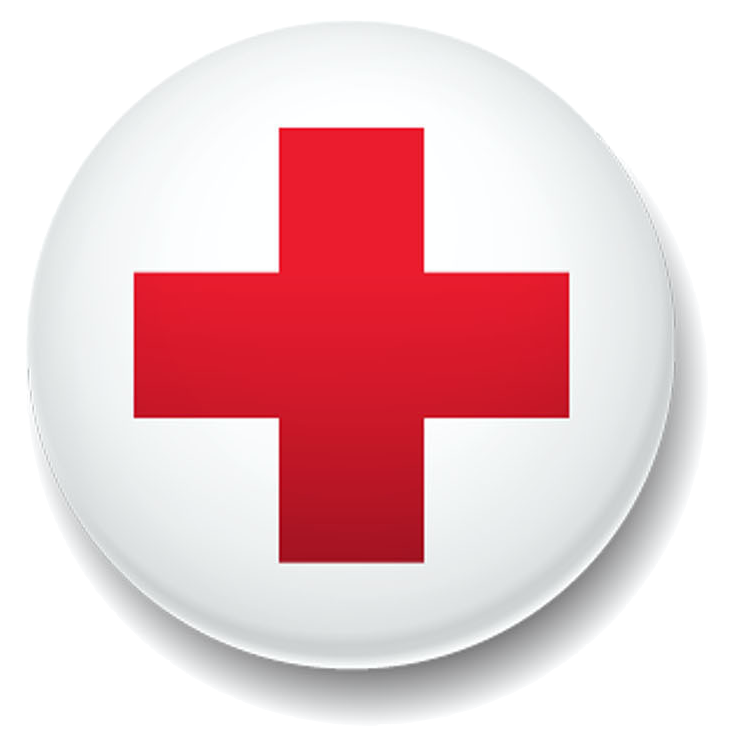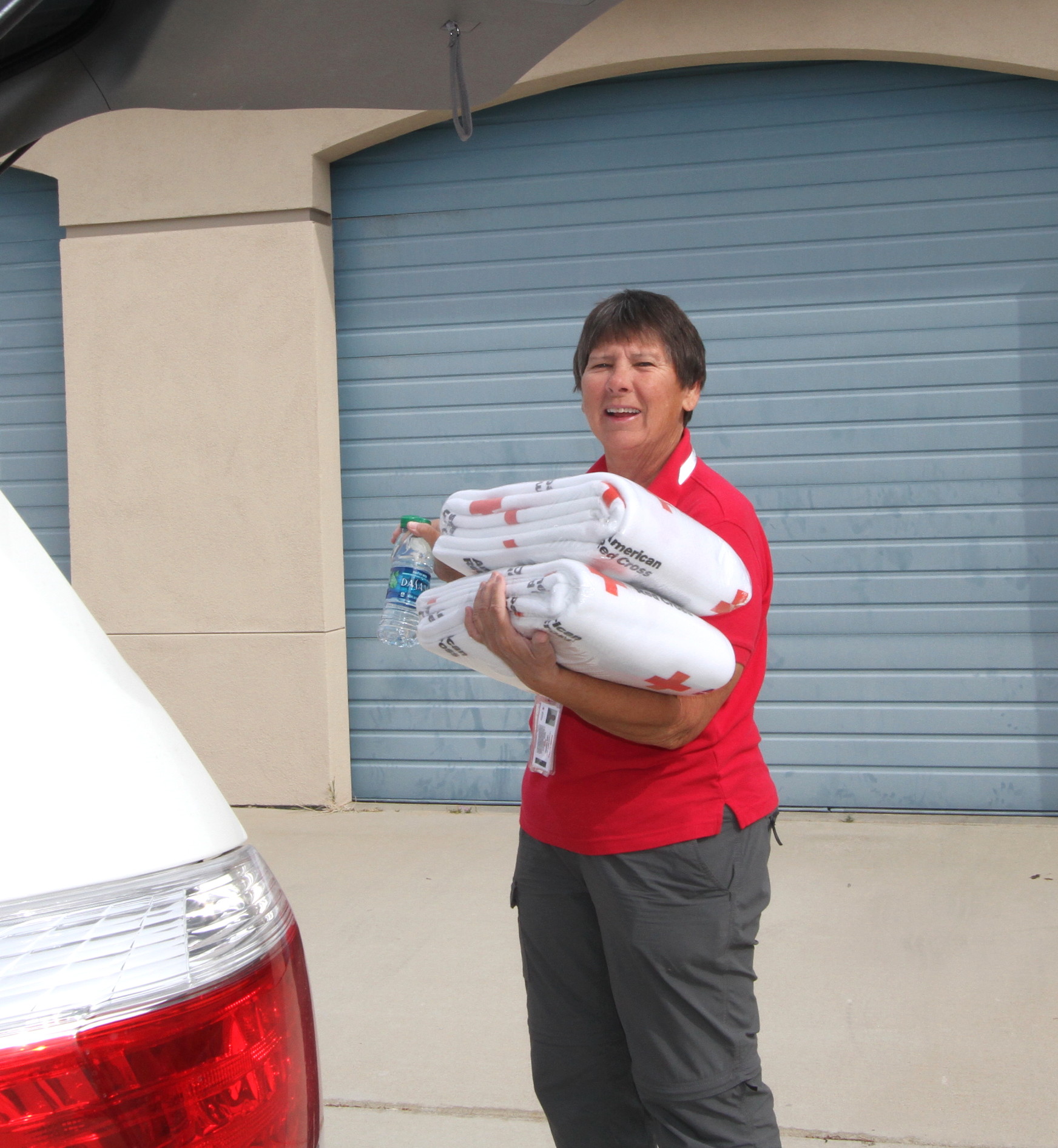by Nidhi Chillara, California Safe Corps, Long Beach
 As the famous African proverb says, “It takes a village to raise a child.” My interpretation of this proverb has been dually cognizant and introspective but more importantly, appreciative. I have understood this proverb further during my first few months as a California Safe Corps member.
As the famous African proverb says, “It takes a village to raise a child.” My interpretation of this proverb has been dually cognizant and introspective but more importantly, appreciative. I have understood this proverb further during my first few months as a California Safe Corps member.
For those who are new to the Red Cross Be Ready disaster preparedness curriculum, it caters to audiences of any age. The presentation that targets children, specifically third to fifth graders, is called “The Pillowcase Project.” This presentation arrived out of a partnership between the American Red Cross and Walt Disney in an effort to prepare younger audiences for natural disasters. Through the course of delivering this hour-long presentation to elementary school classrooms, instructors cover local hazards, coping skills, and general preparedness under a teaching paradigm of “Learn, Practice, Share.”
My appreciation of this presentation has come from both teaching and understanding the rationale of the African proverb I noted before. In teaching these children, one thing becomes very clear. They are in the most precocious and uninhibited ages of their lifetimes. Yes, this entails questions like, “What do we do if there is a zombie invasion?” And, during the coping skill entitled “Breathing with Color,” there will be some audience members who begin to sniff their crayons. Simultaneously, there will be a child in the back of the classroom who wants to know the physics behind earthquakes.
The precarious beauty of this age group lies in these exact questions and situations. It does indeed take a village to raise a child—a village of hope, patience, and care.
It would be presumptuous to think that this hour long presentation is analogous to the village that I’m referring to. However, it is organizations like the American Red Cross that begin to build this village for the most vulnerable citizens of our society. It is presentations like this one that provide children with access to the right information. The difference that disaster preparedness education makes is significant and deserves recognition, especially in this age group. A child will make it to adulthood because he knew how to drop, cover, and hold during an earthquake. A child will empower the people around her because she knew how to call 911 during an emergency situation. These decisions are driven by early education and thus the provocation of critical thinking skills at an early age.
In my 10 month term as a California Safe Corps member, I am not sure how many Pillowcase Project presentations I will be giving, but every time I deliver one, I know that I will have begun to build a village for at least one more child.






What a beautiful way to tell the story of the Pillowcase Project!
I very much enjoyed your writing and that you are part of our Red Cross family!
Love your post. Thank you so much for sharing your experience. I agree. It does indeed take a village to raise a child—a village of hope, patience, and care. Nice to learn about the Pillowcase Project experience. Thanks for helping that village grow stronger and stronger! 🙂
Awesome blog Nidhi!
I am perpetually thought about this, thank you for putting up.